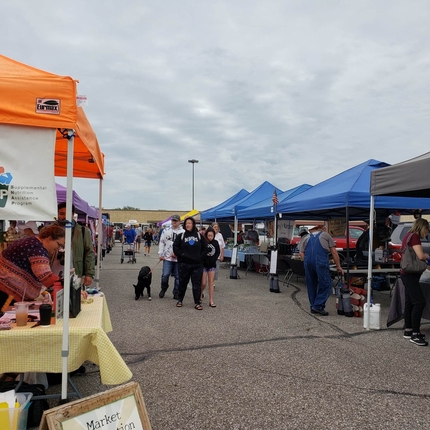As farmers markets across the country begin to open in rural communities, there’s a certain charm and nostalgia related to them.
The tradition of farmers, gardeners, artisans, and bakers bringing their wares to town to sell at the market has been around for hundreds, if not thousands, of years.
Farmers markets have always focused on selling fresh produce, meats, and baked goods. Over the years, vendor types have expanded to include food trucks, children's activities, student-led businesses, artists, and musicians.
During the pandemic, farmers markets had to shut down and then re-open with new guidelines and restrictions, and they did so in innovative ways that showcased rural resiliency.
Community leaders, vendors, producers, and customers alike continue to come together in ways that honor that collaborative spirit by offering new ways to solve old issues like summer feeding programs for youths and seniors, serving as pickup sites for farm businesses, and providing a space for young farmers and entrepreneurs to get started.
Acceptance of the Supplemental Nutrition Assistance Program (SNAP) has grown in markets and has led to Double Up Food Bucks being offered that reward customers for buying local produce, increase sales for producers, keep food dollars local, and welcome more traffic to the market. This is a win-win-win for rural markets, vendors, and customers.
Rural communities have also addressed barriers to visiting the markets, such as lack of advertising or language accessibility. More input from community members has increased the viability of these markets and created a destination in those communities on market days.
If you’re interested in organizing or improving your local farmers market, find our resources online at cfra.org/farmersmarkets.





